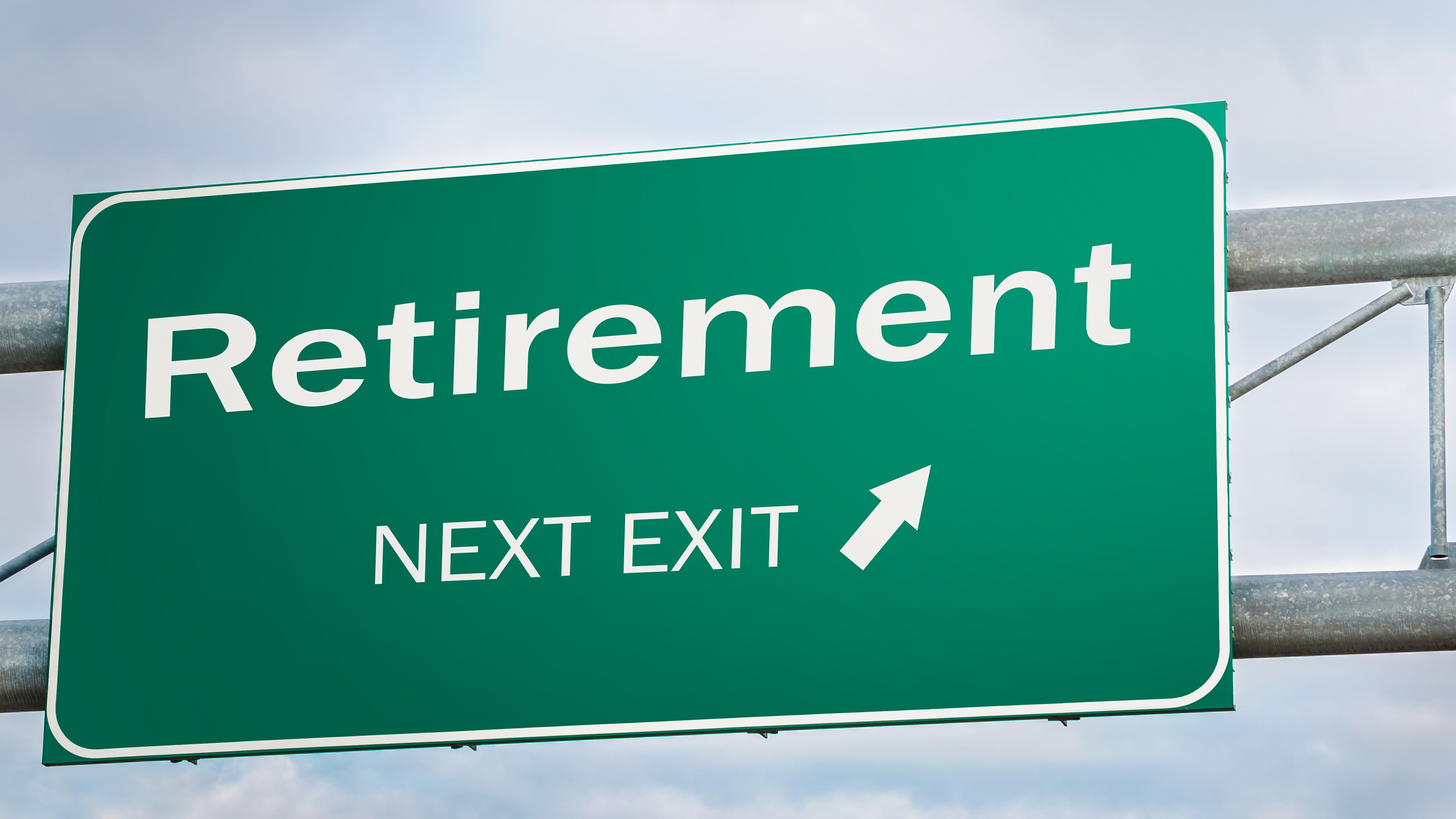Paying Taxes Wisely: A Fresh Look at Tax-Efficient Withdrawal Strategies
Sometimes it pays to go against conventional wisdom. Here are two ways to possibly reduce taxes in retirement while extending the life of your nest egg by being smart about which accounts you tap first.

One of the challenges we face in retirement is finding the most advantageous way to draw down savings while minimizing taxes.
Many people have investments in a variety of accounts that have different tax characteristics. These can include traditional IRAs or 401(k)s, Roth IRAs and taxable brokerage accounts. In retirement, you’ll probably need to withdraw money from these accounts to supplement your Social Security income.
The conventional wisdom is to withdraw from taxable accounts first; followed by tax-deferred accounts; and, finally, Roth assets. This approach affords your tax-advantaged accounts more time to grow tax-deferred — but could also present you with more taxable income in some years than others. As your tax rate is dependent on your income, this could mean more taxes in those high-income years than you originally anticipated.
From just $107.88 $24.99 for Kiplinger Personal Finance
Be a smarter, better informed investor.

Sign up for Kiplinger’s Free Newsletters
Profit and prosper with the best of expert advice on investing, taxes, retirement, personal finance and more - straight to your e-mail.
Profit and prosper with the best of expert advice - straight to your e-mail.
Federal income tax matters for retirees can be complicated. For example:
- Withdrawals (distributions) from traditional, pretax IRA or 401(k) accounts are fully taxed as ordinary income.
- Qualified distributions from a Roth account are tax-free.
- For taxable accounts, interest received is ordinary income. However, if you sell investments, you only pay taxes on the gains (i.e., not invested principal, which is tax-free). Long-term capital gains and qualified dividend income are generally taxed at lower rates than ordinary income.
Everyone has different financial goals in retirement, but if you’re concerned about outliving your assets, you might focus on extending the life of your portfolio, and/or increasing what you can spend in retirement. Here are two ways you can use tax savings to help achieve these goals.
1. Take full advantage of income subject to very low (or even zero) tax rates.
People with relatively modest incomes may think it best to follow the conventional model. After all, you may pay little or no taxes at first. However, once the taxable accounts are exhausted, you may end up paying a higher tax rate because you are generating more taxable income from tax-deferred account withdrawals.
Instead, consider using your low tax bracket strategically by consistently “filling up” that bracket with ordinary income from tax-deferred account distributions, such as your traditional IRA. If you need more than these withdrawals to support your lifestyle, you can sell taxable account investments, then take money from Roth accounts. This idea isn’t new, but following the Tax Cuts and Jobs Act of 2017, more people may be able to limit their incomes to match their deductions — thus paying zero taxes — or stay within a low bracket.
As an example, assume a married couple:
- Has $750,000 across their investment accounts: 60% tax-deferred, 30% Roth and 10% taxable;
- Spends $65,000 (after taxes) each year; and
- Collects $29,000 in Social Security benefits.
Using the approach described above they could completely avoid federal income taxes for 30 years and save $46,000 in taxes. This adds almost 2½ years to the life of their portfolio.
| $750,000 portfolio; $65,000 annual spending in retirement | ||
|---|---|---|
| Row 0 - Cell 0 | Conventional Wisdom | Bracket-Filling Method |
| Account withdrawals (specific to this example) | Taxable account (years 1-3); tax-deferred (years 3-18); Roth (years 18-30) | Tax-deferred distributions $20,000-$23,000 each year; supplement with taxable account (years 1-5) and Roth (years 6-31) |
| Federal taxes paid over 30 years | $46,000 | $0 |
| Longevity of portfolio with constant returns | 29.2 years | 31.6 years (8% improvement) |
The chart is for illustrative purposes only and is not indicative of any specific investment. Additional assumptions: Amounts are in today’s dollars and rounded; investment returns (before taxes) of 3% above inflation; taxable account generates only qualified dividends and long-term capital gains; couple retires at age 65; federal taxes remain at 2018 levels; state taxes not considered. See our whitepaper for further assumptions and details.
2. Make the most of untaxed capital gains.
Did you know that some people don’t have to pay taxes on capital gains? If your taxable income is less than $38,700 (for single filers) or $77,400 (for married couples filing jointly), long-term capital gains and qualified dividends aren’t taxed. This is another area where people may benefit from the recent increase in the standard deduction.
We’ve found that those who have a lot of assets in taxable accounts may be better served by taking advantage of untaxed capital gains than by taking tax-deferred distributions to fill up ordinary income brackets.
Let’s look at an example with a married couple who has significant taxable investments. We’ll assume they:
- Have $2 million across their investment accounts: 50% tax-deferred, 10% Roth, and 40% taxable;
- Spend $120,000 per year; and
- Collect $45,000 from Social Security.
The best strategy we found was to tap in to the taxable account before taking required minimum distributions (RMDs), then a combination of taxable investments and Roth distributions along with the RMDs. By doing so, the couple can avoid capital gains taxes until the Roth account runs out.
| Row 0 - Cell 0 | Conventional Wisdom | Utilizing Untaxed Capital Gains |
| Account withdrawals (specific to this example) | Taxable account (years 1-25); tax-deferred (starting with RMDs year 6, running out year 34); Roth (years 34 on) | Before RMDs (years 1-5), use taxable account. Thereafter, supplement RMDs with $15,000-$20,000 per year from Roth. Taxable account withdrawals are small until Roth is depleted (year 22). |
| Federal taxes paid over 30 years | $288,000 | $230,000 (20% reduction) |
| Longevity of portfolio with constant returns | 41.1 years | 41.8 years (2% improvement) |
The chart is for illustrative purposes only and is not indicative of any specific investment. Additional assumptions are the same as the first example.
As you approach retirement, keep in mind:
- Taxes are complicated, so you will probably want to consult with a tax adviser or financial planner for help implementing these strategies.
- Roth conversions are also an option, but our research indicates they are usually better suited for people focused on leaving an estate.
- Tax diversification — having assets in multiple types of accounts — can improve your flexibility in retirement. In both examples above, having some Roth assets is key to implementing the strategy.
- RMDs can significantly reduce your flexibility to manage taxes after age 70½, so you need to develop a plan well ahead of that milestone.
With a little planning and a variety of accounts in your portfolio, you can save on taxes and better sustain your retirement lifestyle.
Profit and prosper with the best of Kiplinger's advice on investing, taxes, retirement, personal finance and much more. Delivered daily. Enter your email in the box and click Sign Me Up.

Roger Young is Vice President and senior financial planner with T. Rowe Price Associates in Owings Mills, Md. Roger draws upon his previous experience as a financial adviser to share practical insights on retirement and personal finance topics of interest to individuals and advisers. He has master's degrees from Carnegie Mellon University and the University of Maryland, as well as a BBA in accounting from Loyola College (Md.).
-
 Your Medicare Costs Are Set to Soar: What to Expect Over the Next Decade
Your Medicare Costs Are Set to Soar: What to Expect Over the Next DecadeMedicare beneficiaries will face higher premiums, deductibles and surcharges starting in 2026 and continuing over the next decade. Here's what you need to know.
-
 How Different Generations Invest and What They Can Teach You
How Different Generations Invest and What They Can Teach YouBoomers, Gen Xers, millennials and Gen Zers are taking varying approaches to investing. Here's what they're doing and key lessons you can learn from them.
-
 What One Widow's Ordeal Teaches Us About Marriage and Money
What One Widow's Ordeal Teaches Us About Marriage and MoneyA man charmed a 72-year-old widow into marriage, and then her accounts were seized to pay off his debts, highlighting the importance of background checks on potential spouses as well as prenuptial agreements.
-
 Are You Getting a Gray Divorce? These Six Financial Strategies Come From a Financial Planner
Are You Getting a Gray Divorce? These Six Financial Strategies Come From a Financial PlannerManaging an equitable division of assets, selling a home, negotiating alimony and splitting retirement accounts are among the money matters that weigh as heavily as emotional issues.
-
 How to Navigate Your Finances After Losing Your Spouse: Thoughts From a Financial Planner
How to Navigate Your Finances After Losing Your Spouse: Thoughts From a Financial PlannerIt's important you get involved in financial planning now so you're prepared and confident to make decisions when you potentially become your own financial manager.
-
 The Tax Trap Snares Many Business Owners: A Financial Pro's Guide to 11 Strategies You May Be Missing
The Tax Trap Snares Many Business Owners: A Financial Pro's Guide to 11 Strategies You May Be MissingPoor tax planning means many business owners are leaving money on the table for the IRS. This detailed guide from a financial adviser highlights strategies you may not be aware of.
-
 The 'Ted Lasso' Effect: A Positive Outlook Really Can Strengthen Your Retirement Plan
The 'Ted Lasso' Effect: A Positive Outlook Really Can Strengthen Your Retirement PlanOptimism like that of the fictional soccer coach can surprisingly improve your retirement planning by encouraging better saving habits and a more positive outlook on your financial future.
-
 Your Golden Years Just Got a Tax Break, But There's a Catch
Your Golden Years Just Got a Tax Break, But There's a CatchDon't fall for the 'tax-free Social Security' headlines. The OBBB offers a temporary tax deduction for certain retirees, which is different from eliminating taxes on benefits entirely — and it doesn't solve Social Security's long-term funding issues.
-
 I'm a Retirement Coach: Eight Surprising Signs You're Ready to Retire
I'm a Retirement Coach: Eight Surprising Signs You're Ready to RetireYou've met your savings goal, your friends are having fun without you, your boss is mean to you, and your kids are grown and gone. What are you waiting for?
-
 'Work Forever' Is Not a Retirement Plan: What Needs to Change for Gen Z, From a Financial Pro
'Work Forever' Is Not a Retirement Plan: What Needs to Change for Gen Z, From a Financial ProSaving for retirement isn't what it used to be. The deck is stacked against Gen Z in some crucial ways. The system is broken, and we need to fix it.